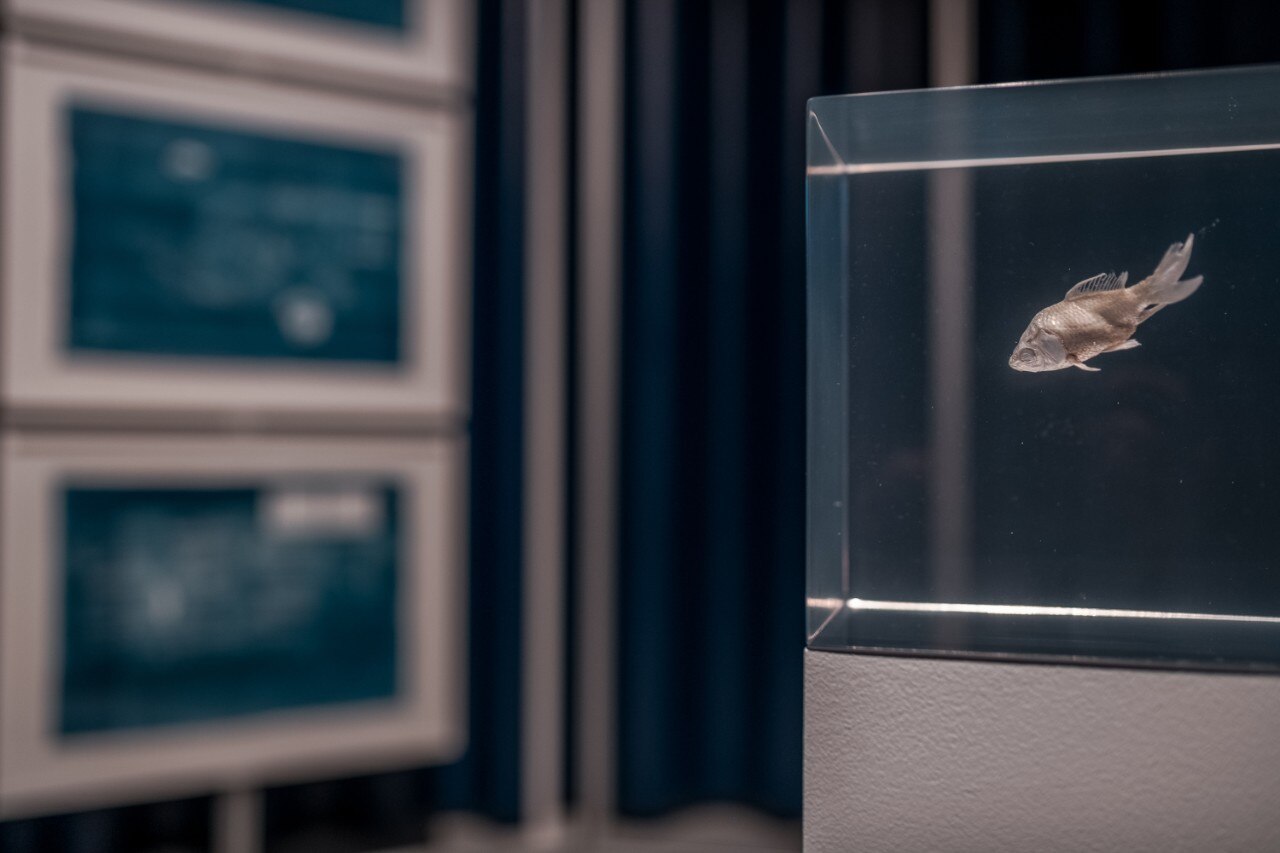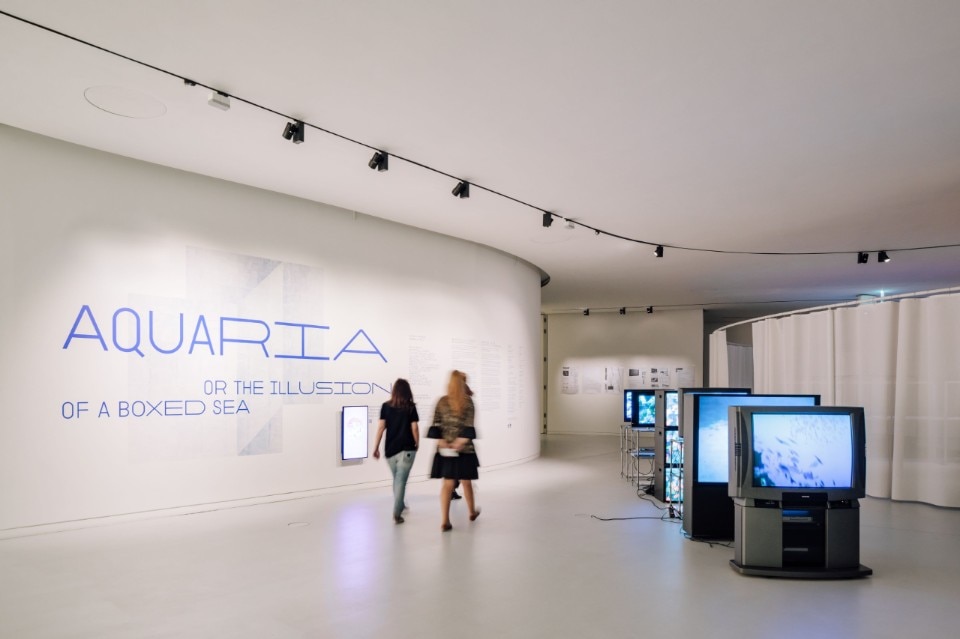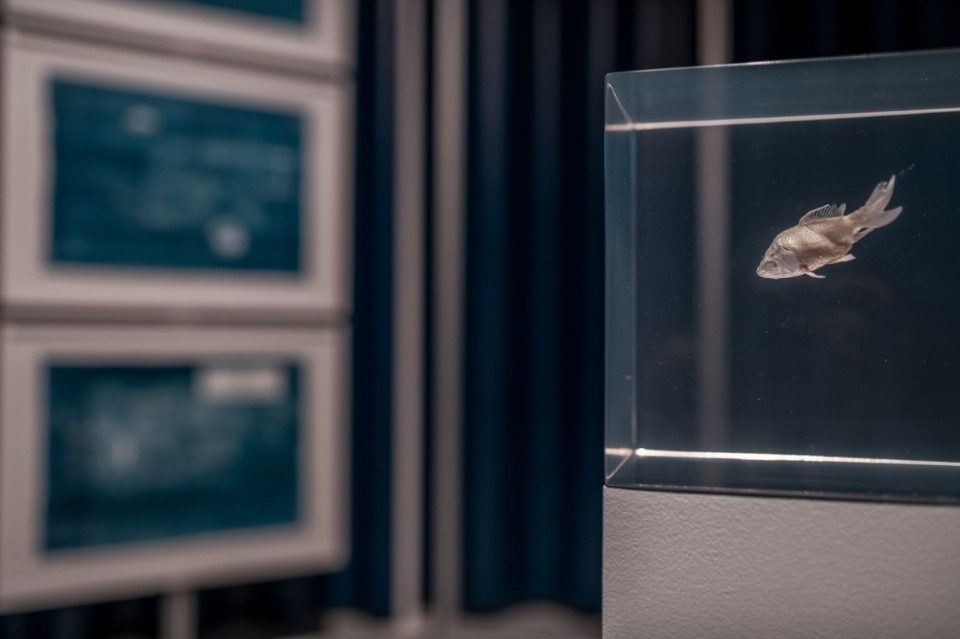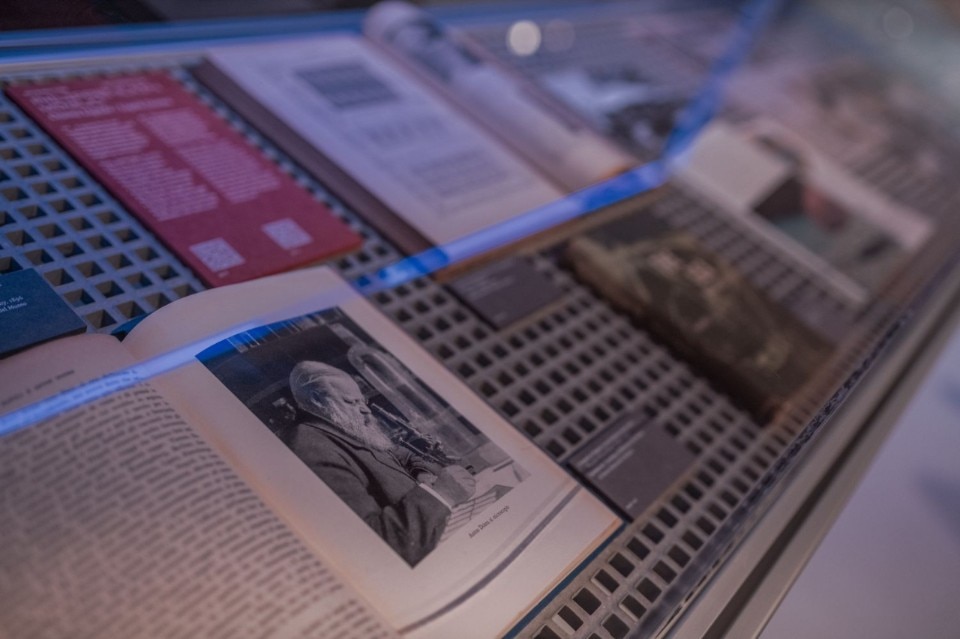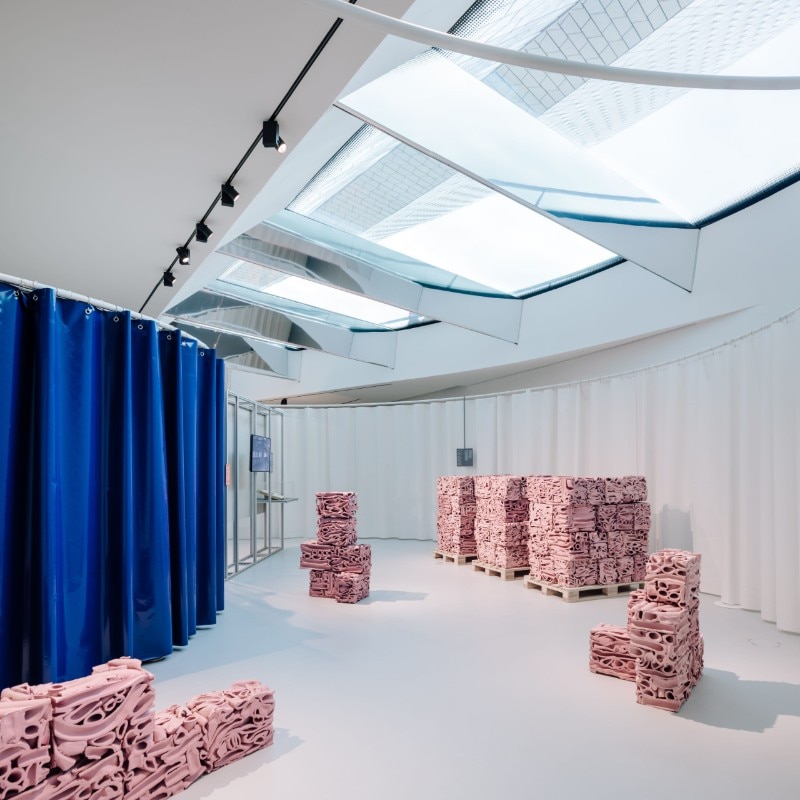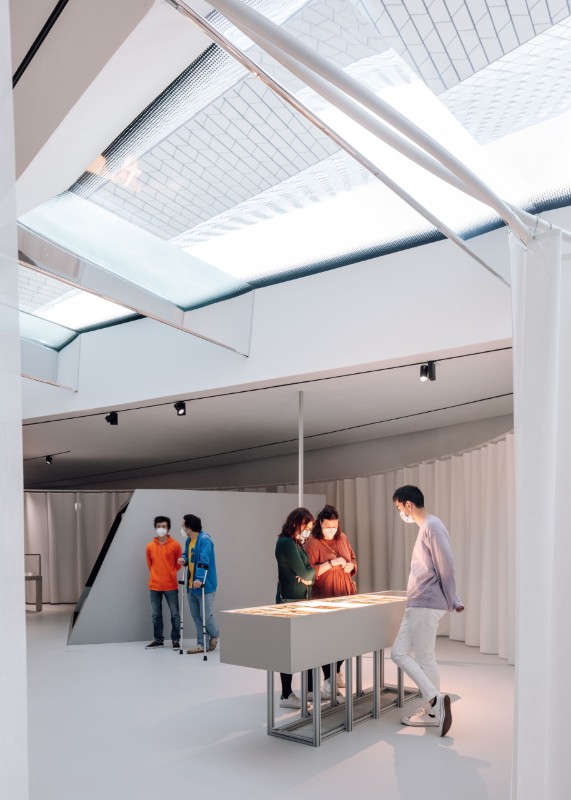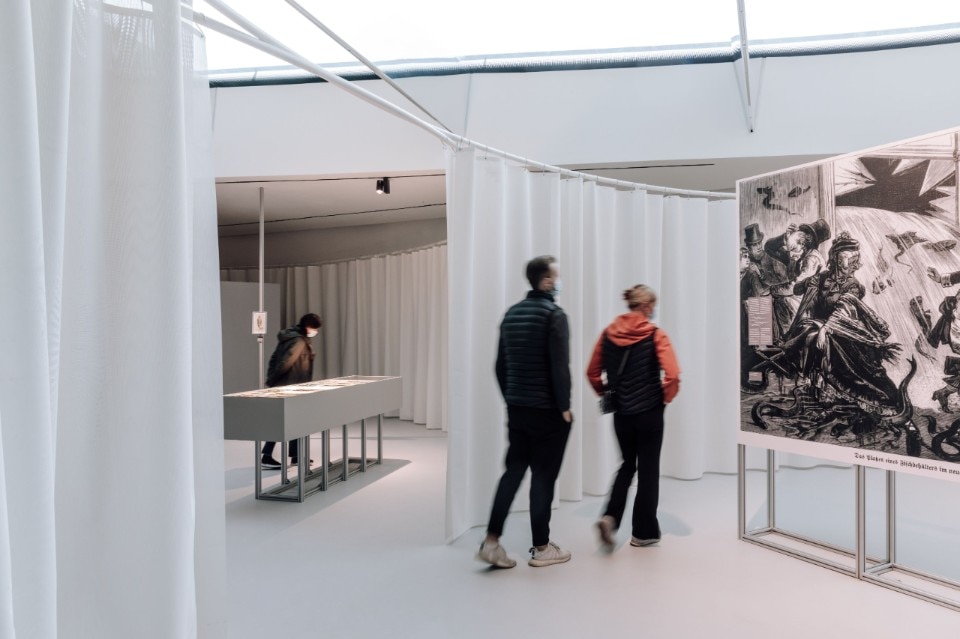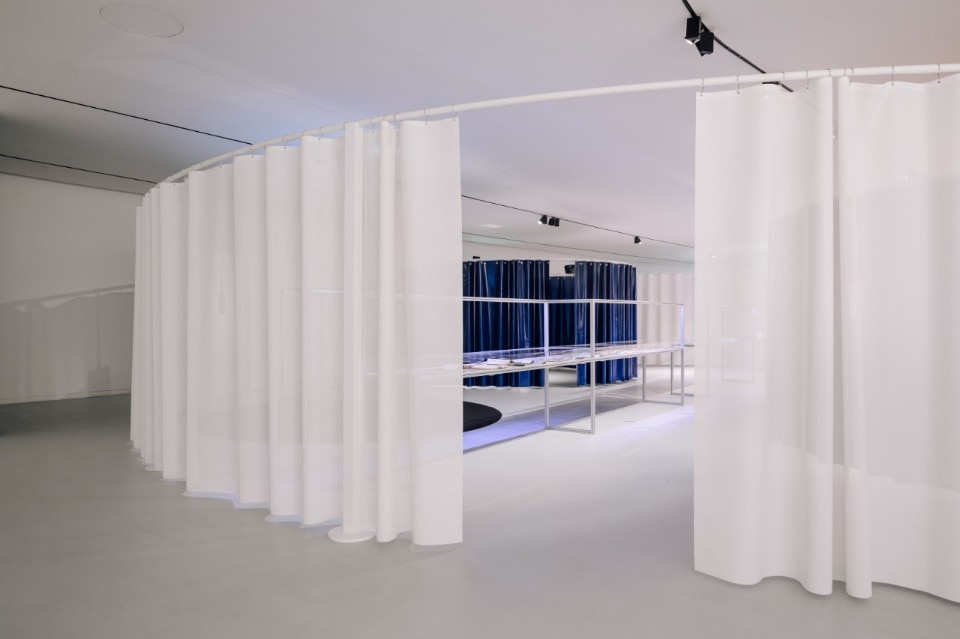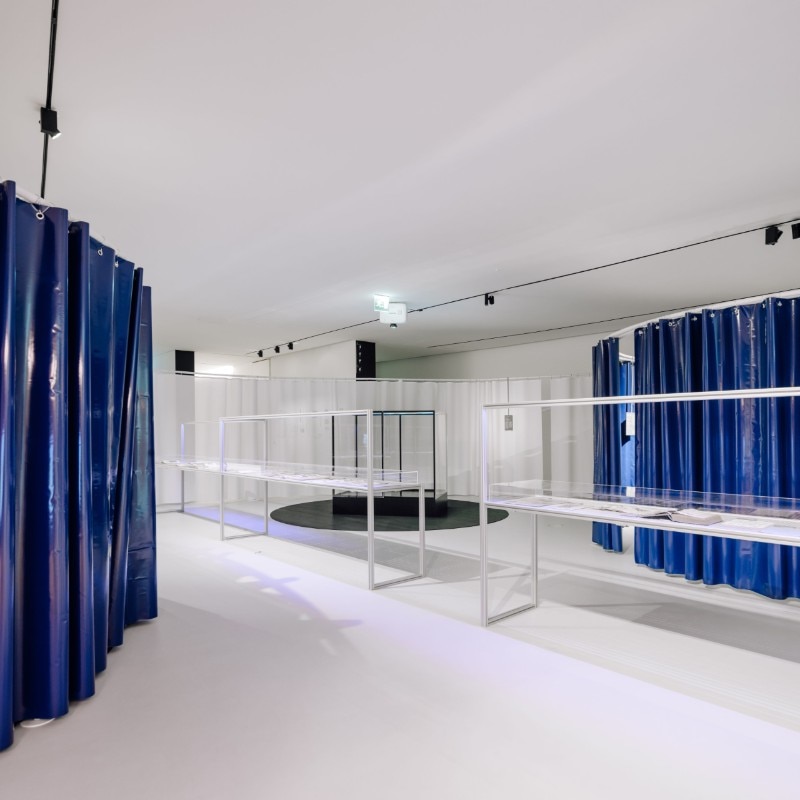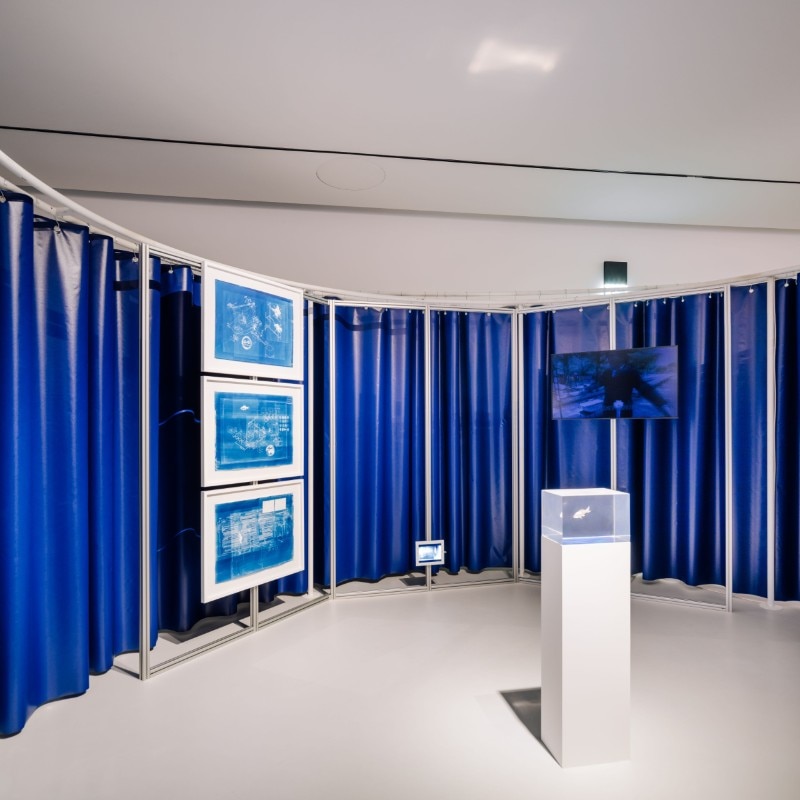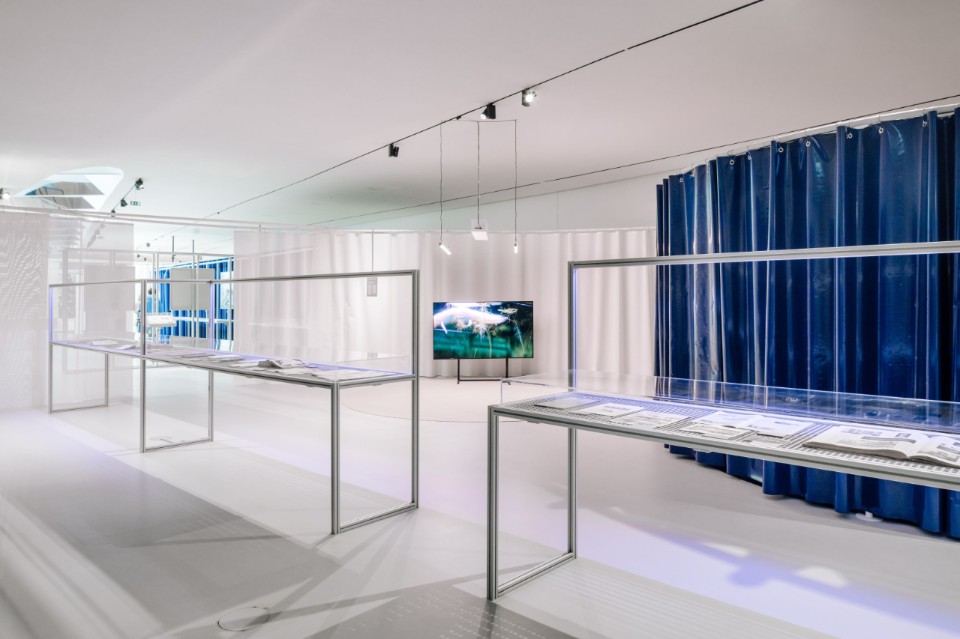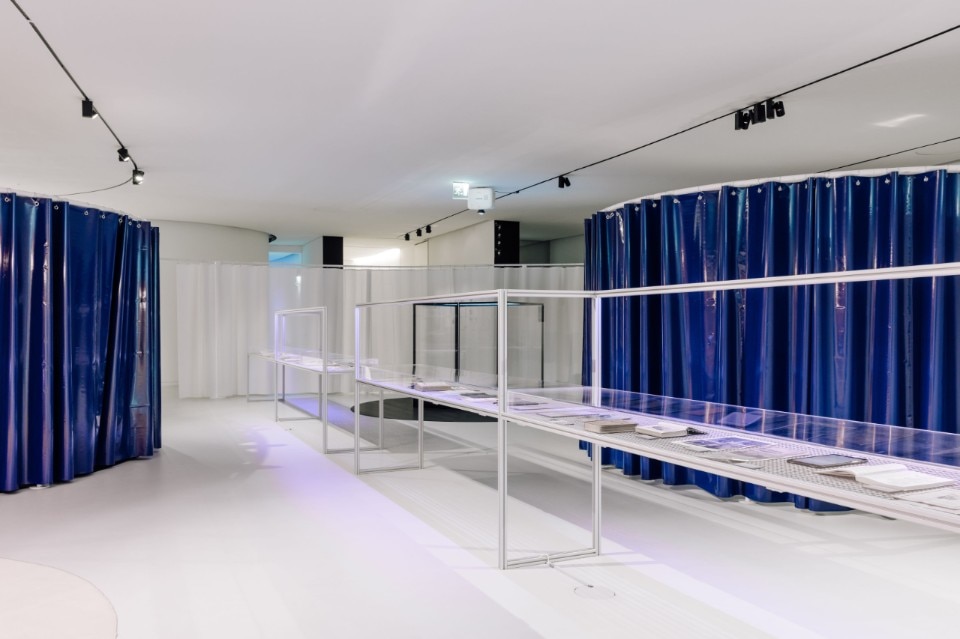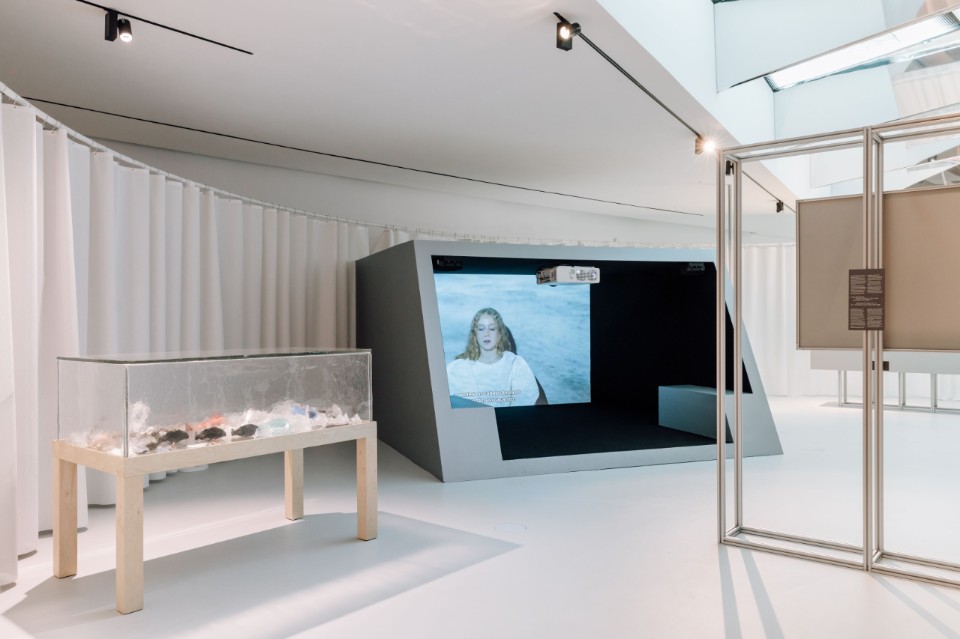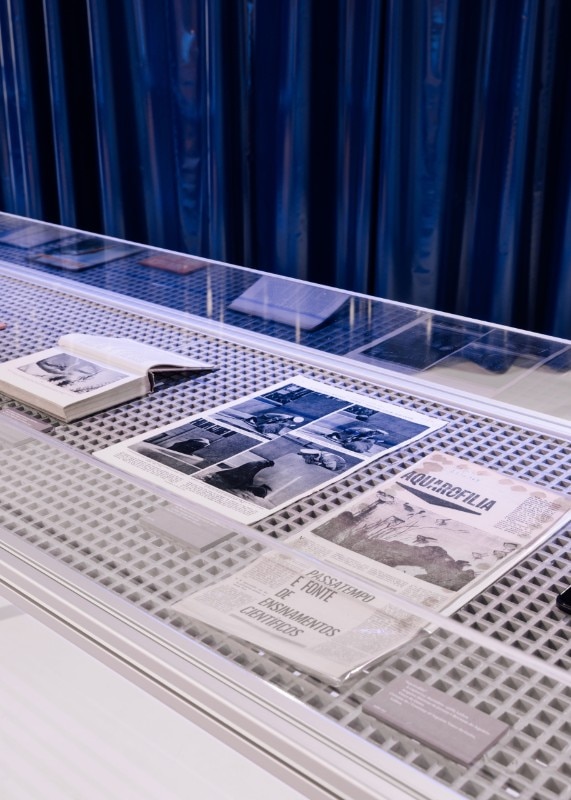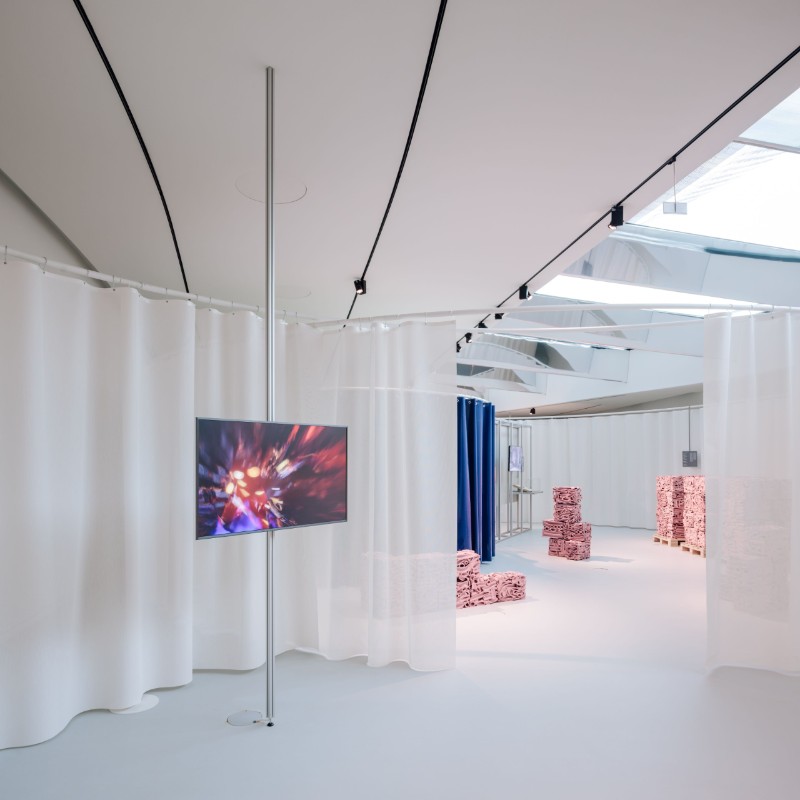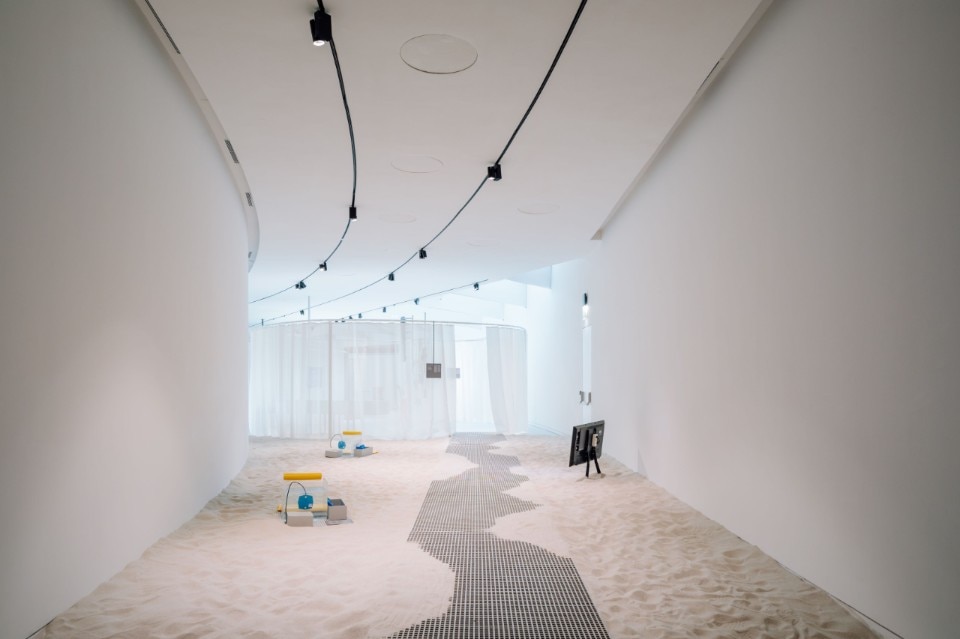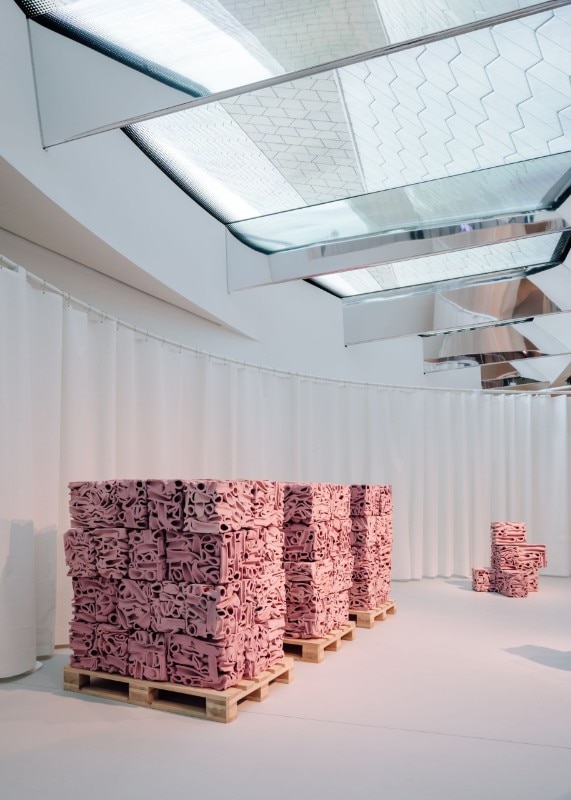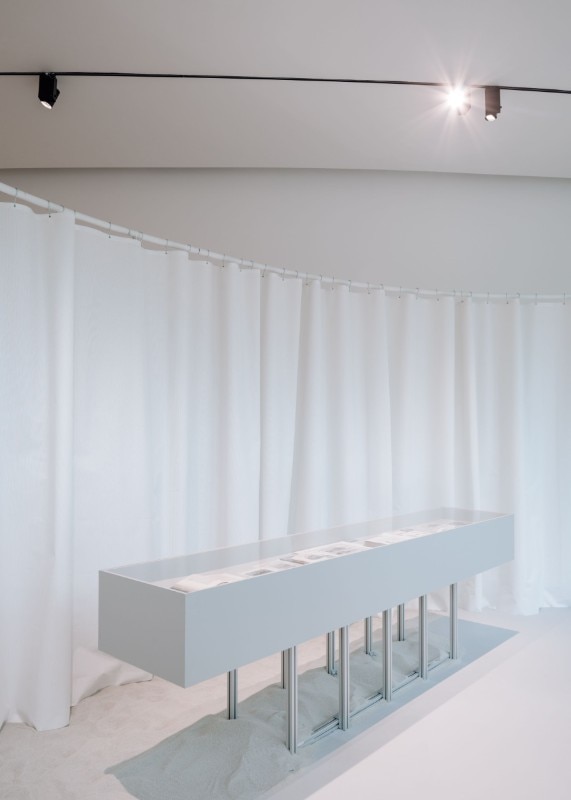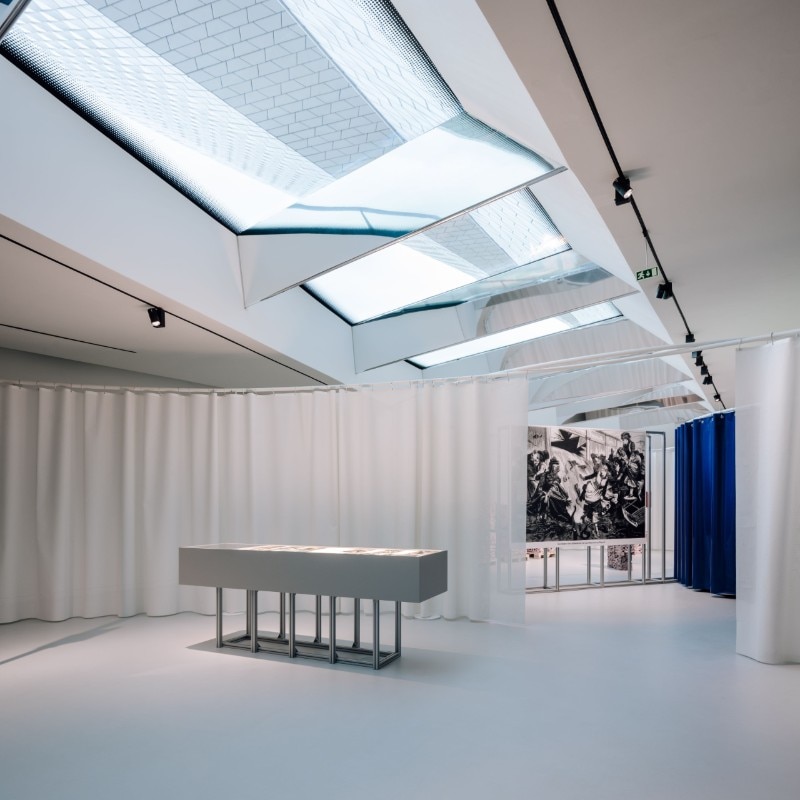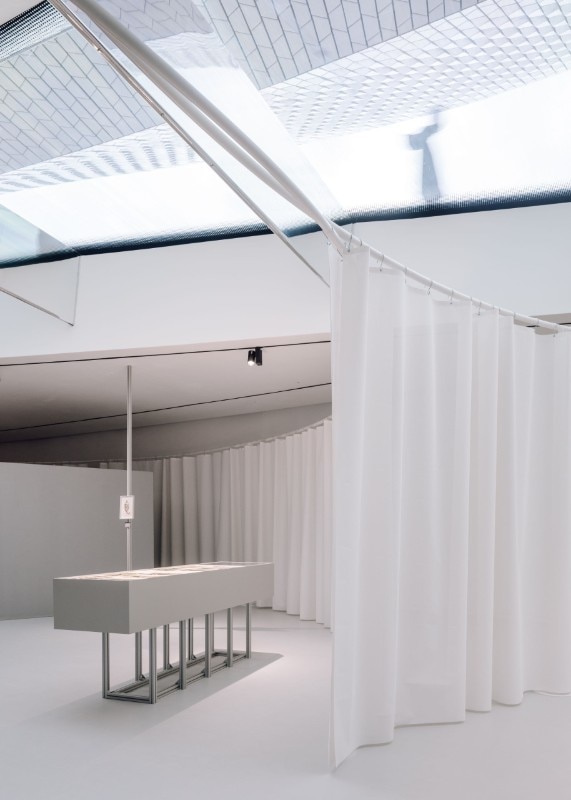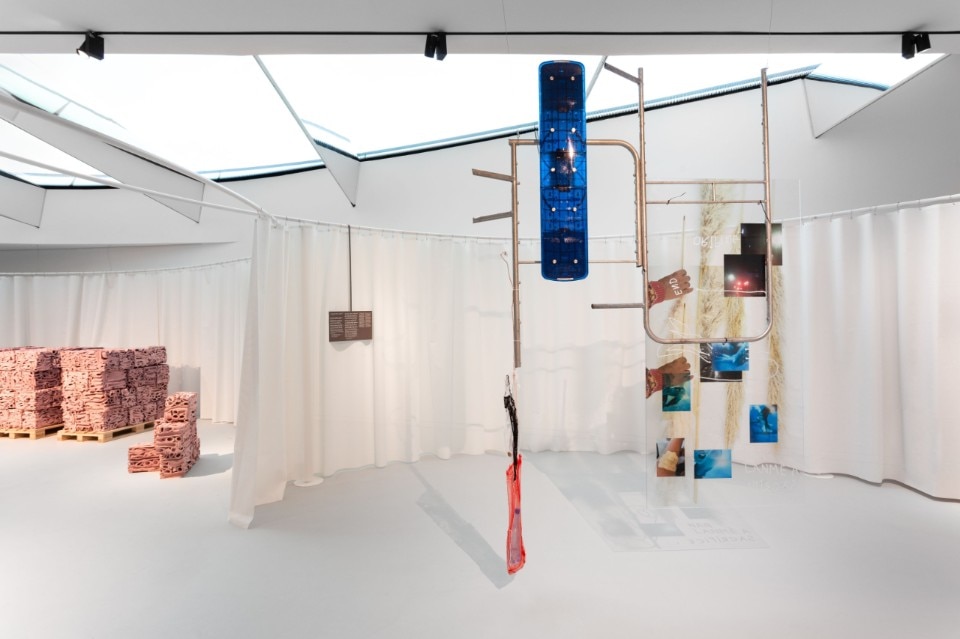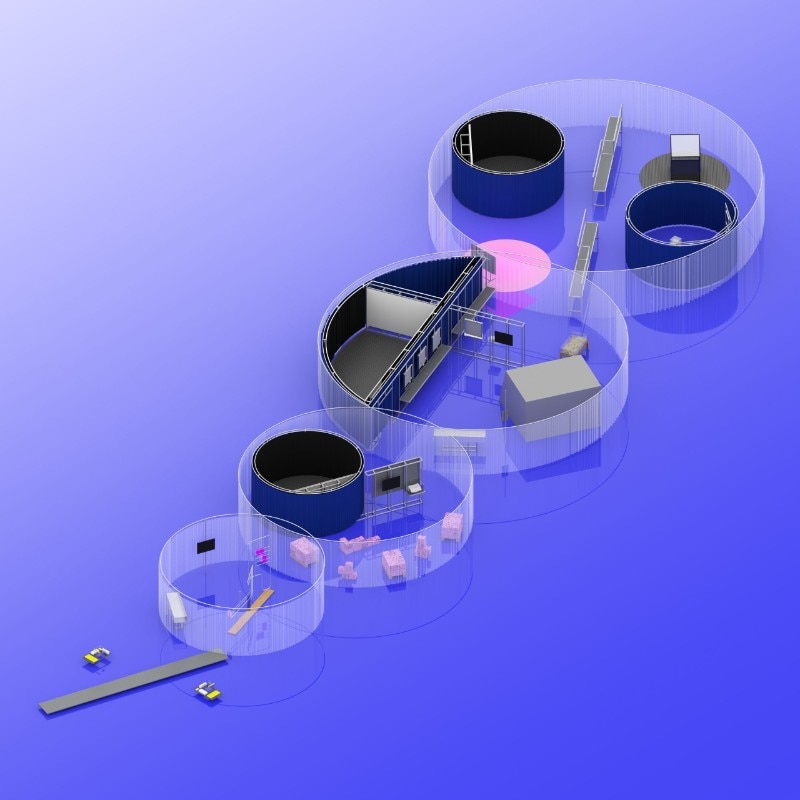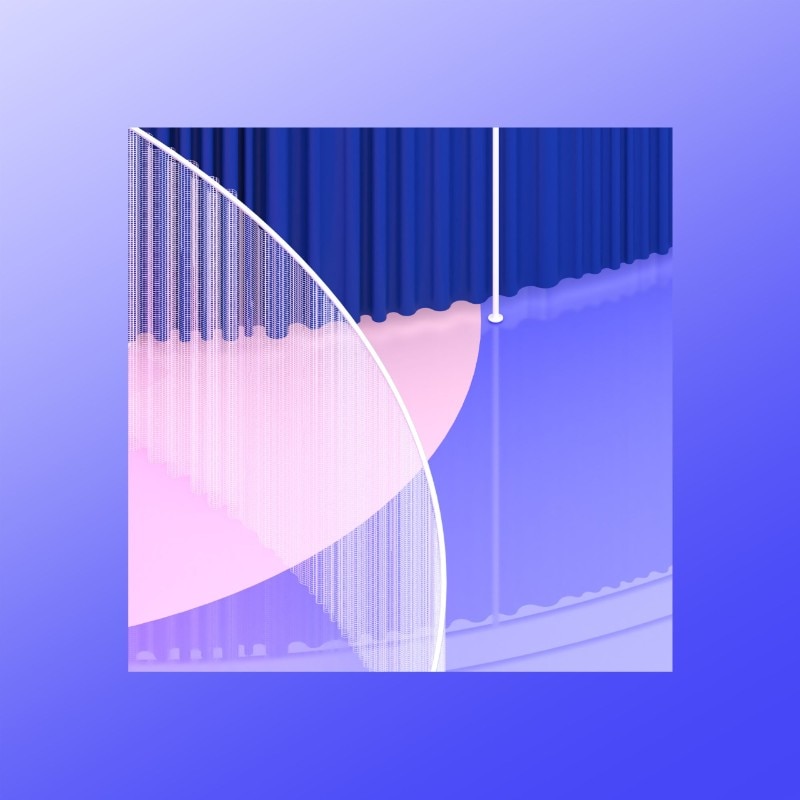Inaugurated at the Museum of Art, Architecture and Technology (MAAT) in Lisbon, the exhibition “Aquaria - Or the Illusion of a Boxed Sea” offers a new and contemporary view of the aquarium: a natural microcosm turned cultural show, a device that domesticates, bringing marine ecosystems into the homes and museums. Presenting historical documents and eleven installations by international artists and designers, in the refined setting by studio 2050+, directed by Ippolito Pestellini Laparelli, the exhibition questions the project of man's conquest of aquatic spaces, revealing how design has imposed itself as an instrument of this domination and how it can and must be rethought today to tackle the ecological crisis. We talked about this with the curator, Angela Rui.
How did the idea for this marine world exhibition come about?
In September 2019, the latest IPCC report on the conservation of the oceans and cryosphere was released: if we do not immediately change the anthropogenic impact on the oceans, whose waters are warming and acidifying, ice is melting, corals dying and with them entire ecosystems, the consequences will not only be devastating, but irreversible.
Suffice it to say that in the last 40 years, 70% of life in the oceans has died due to the climate crisis, intensive fishing and a lack of adequate regulation.
On the other hand, the oceans remain unknown - it is estimated that we know less than 5% of them. And the fact that we know so little about an environment leaves room for imagination, but also for an attempt to read our relationship with the element and with the species that inhabit it, with an inclusive and less extractive vision, and for the possibility of rethinking our position towards it.
The exhibition, however, adopts a deliberately bland perspective: the aquarium. A popular object that entered middle-class homes in mid-nineteenth-century London and represented the first form of domestic entertainment in the form of a moving image: the first ancestor of television - while the public aquarium can be thought of as the first form of cinema. It is from aquariums that a whole culture was developed related to the sea and the way we perceive the aquatic world. With the exhibition, I wanted to bring to the fore the Western socio-cultural roots of this thought, which today for various reasons need to be revised.
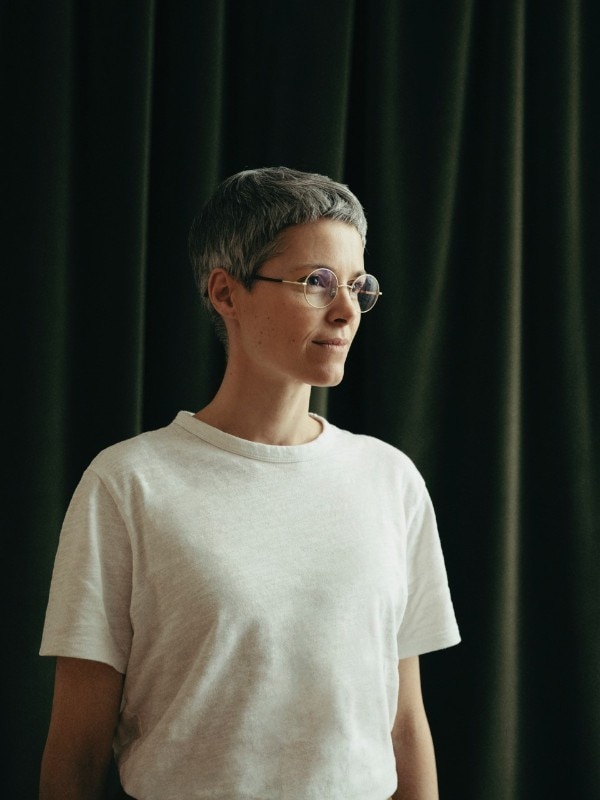
In the presentation of the exhibition you put the marine ecosystem in perspective with the transformation of nature into culture, as one of the consequences of the project of modernity. Is the marine world one of the few spaces that resist human domination?
The exhibition looks at how the ocean has entered our homes, whether domestic or cultural. The process of internalising the oceanic realm - across scales as diverse as the mind, the object and the interior - is intrinsically linked to the notion of domestication, literally used to describe animals and plants converted for domestic use.
In particular, the aquarium is an object that embodies more than any other the separation between nature and culture, and the recent experience of confinement that we all experienced, that of being forced to live in an isolated domestic space like fish in a bowl, made me think of the correspondence with the artificial aquatic dimension that we have introduced into our domestic, urban and cultural environments.
It is from aquariums that a whole culture was developed related to the sea and the way we perceive the aquatic world. With the exhibition, I wanted to bring to the fore the Western socio-cultural roots of this thought, which today need to be revised.
The sea therefore becomes as a model for a different way of living together?
This is the objective, although the exhibition starts from a very simple question: can the idea of proximity to nature go beyond the logic of extraction, control and domination and be seen as an opportunity to rethink and redesign our common environment? This is the question around which artists, designers, scientists and critics involved in the exhibition - with the help of historical materials that frame the culture of the aquarium - have worked through the deconstruction of logics, processes and vocabularies inherited from industrial culture, particularly from the Victorian era, which marks the beginning of the “Aquarium Craze”. At that moment in history, when industrial development was based on faith in the progress of science and technology, the great scientific expeditions began, inextricably linked to colonial routes and the extraction of resources, bodies and labour. Thus, the aquarium appears as the material manifestation of patriarchal and colonial legacies, which sought not only to conquer exotic or distant places and animals, but also to create visual narratives of knowledge transmission.
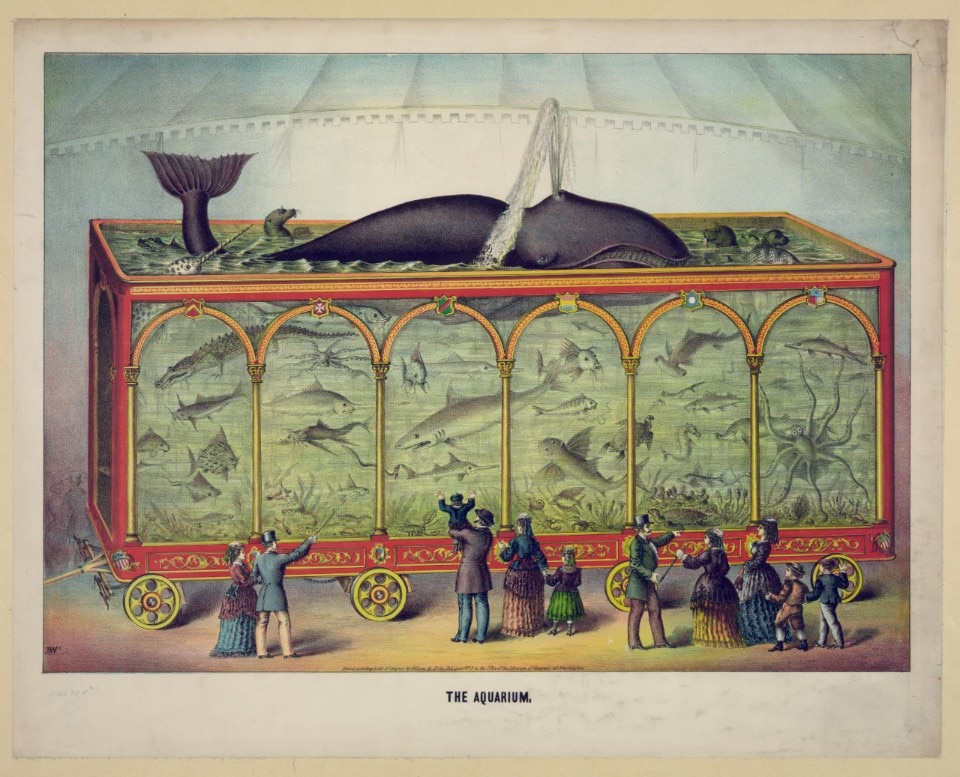
To deconstruct them, it was necessary to include eco-feminist perspectives such as Maria Puig de la Bellacasa or Alexis Pauline Gumbs, who focus their attention on “more than human” worlds, to “decolonise” language from a merely earth-centric and anthropocentric perspective, but also to learn from these worlds how to recognise values such as vulnerability, cooperation and interdependence. Values we need to live (or survive) in this time of climate crisis and sea level rising.
What is the role of art, architecture and design in this reconsideration of the role of the human being?
Art, design and architecture serve as speculative tools, highlighting how the modern idea of living outside Nature has become a paradigm to be deconstructed in order to contemplate new forms of situated knowledge, but also of solidarity and justice towards others, starting from holistic and more-than-human perspectives.
Specifically, the contributions in the exhibition embody a series of parallaxes that provide a variety of ways of interpreting what seems to be a continuum: Reclaiming Vision, entirely filmed through a microscope, by Marjolijn Dijckman and Toril Johannessen, explores the microcosm of a fjord, while Sterile by Revital Cohen & Tuur van Balen investigates the industrial processes applied to the market of living species as ornamental objects.
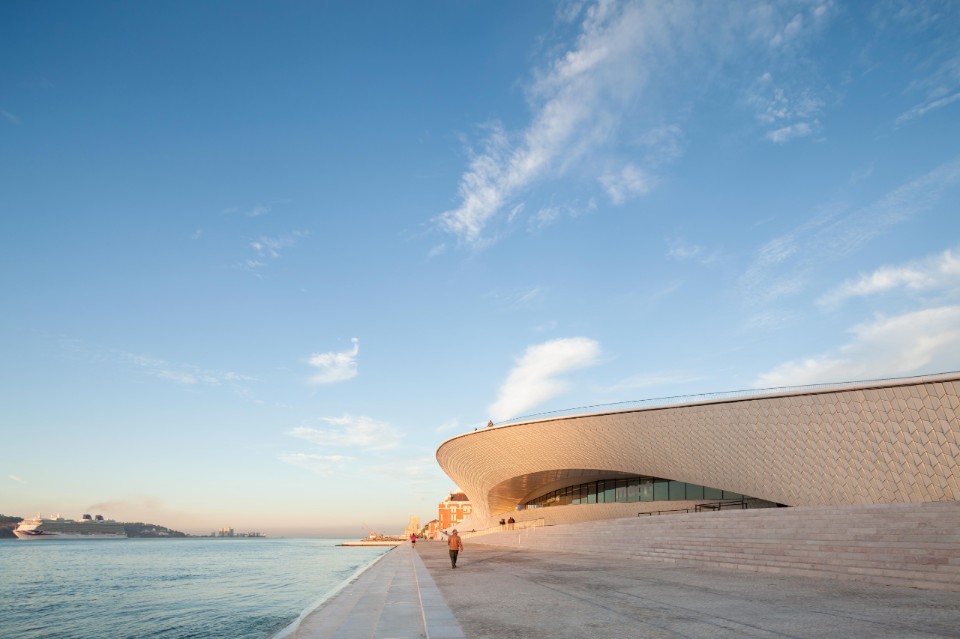
But the exhibition leaves plenty of room for design as storytelling, for narration as a form of “world making”: in Mood Keep by Alice dos Reis, axolotls from the confinement of their aquariums decide to develop eyelids, choosing to close their eyes as a way of reclaiming the free will of their bodies and encouraging empathic communication. In Moving Off the Land II, Joan Jonas highlights environmental threats, staging the aquarium as a theatre on which interspecies alliances are played out. Produced for the exhibition, Armin Linke's film guides the public through the various environments of Lisbon's Oceanário, showing the aquarium as a living archive but also as a model for testing a non-terrestrial “life-system”, a biological habitat in which the coexistence of species incorporates sophisticated strategies of cooperation.
In this historical moment of crisis, the contribution of artists and designers is a form of activism capable of reaching a wide audience, materialising data that are often too complex and abstract. Acting in a 'free' field, artists can present prototypes and experiments for new ecological practices, using imagination and speculation as political tools.
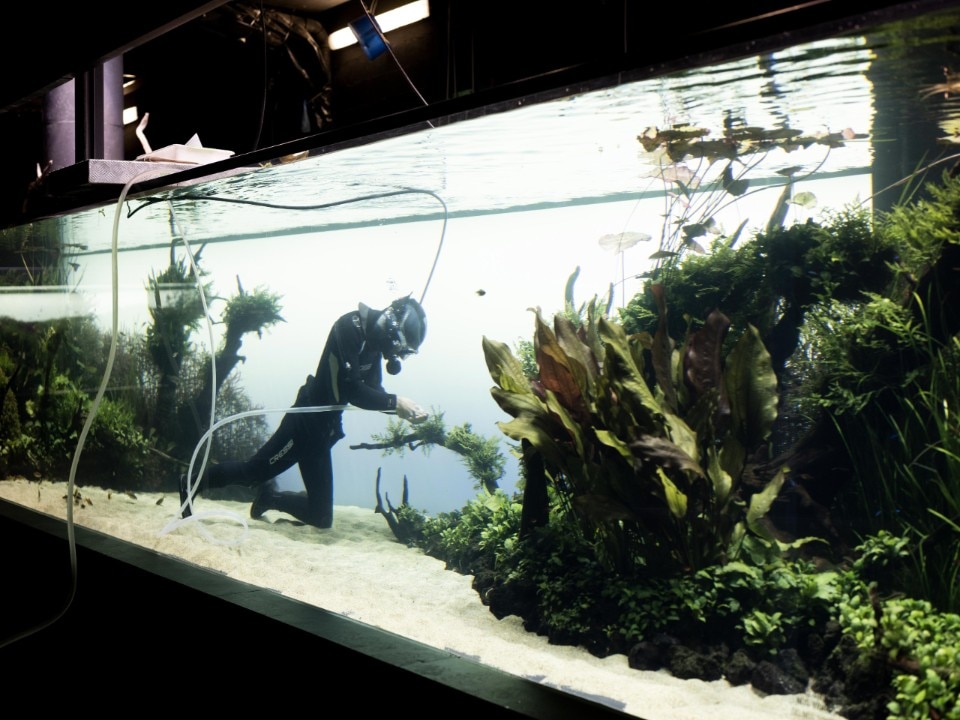
One last question about the role of the curator. You have important and international experiences behind you, such as curating the Ljubljana Design Biennial in 2017 and the Dutch pavilion at the last Milan Triennale. What is the mission of the curator, and in particular, of the design curator?
As the word says, the curator's task is to take care: the choice of the theme - in this case environmental protection and the ways in which the environment is perceived - while maintaining a critical stance. To take care of the authors involved, to experiment with the idea of a collective working with a common political objective. Taking care of the institution hosting the project, and of the kind of audience the project can potentially intercept. At the centre of my interest remains design culture, and in particular the impact that the ideology of “modernity” or the idea of progress have had on the way we perceive our relationship with nature. The exhibition can then be an opportunity to rethink design: today, if we think of society as a network of alliances that go beyond the human, an archipelago of possibilities immediately opens up in which design can continue to be restorative.


